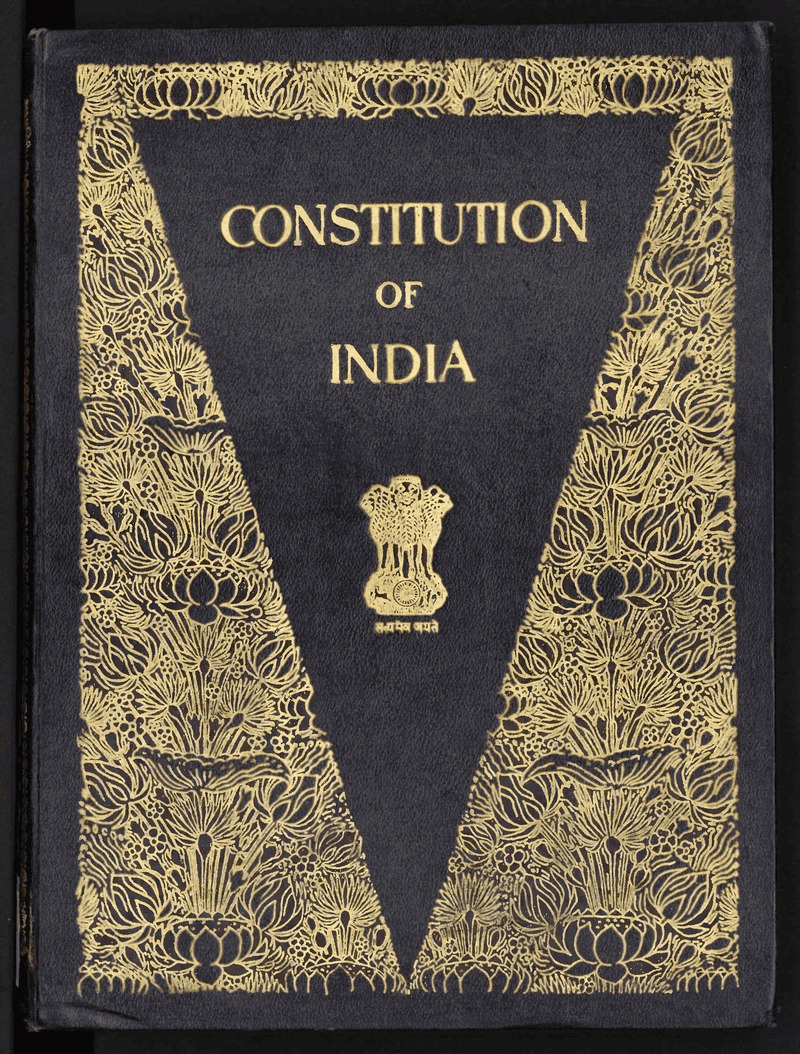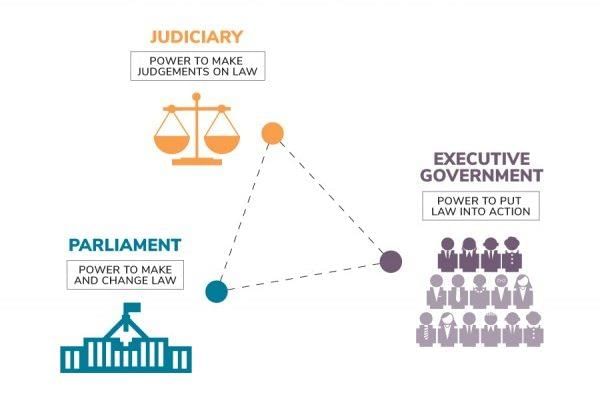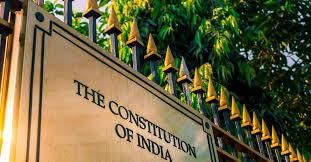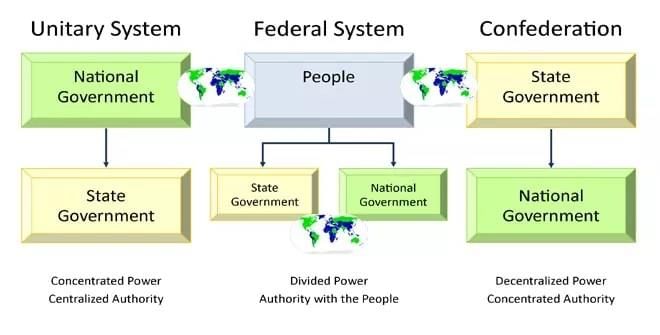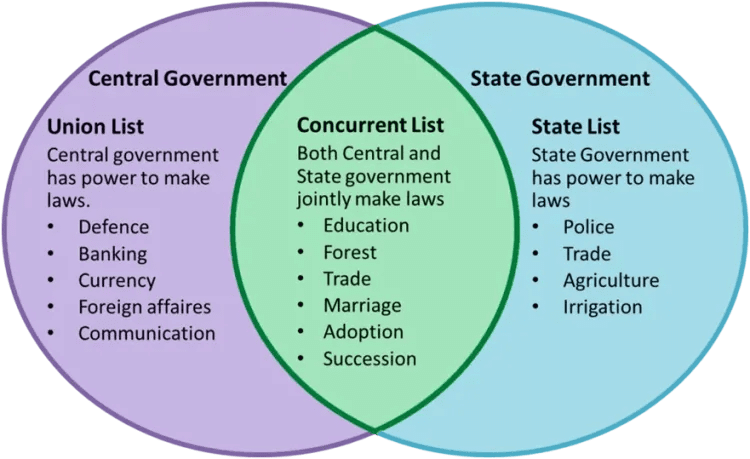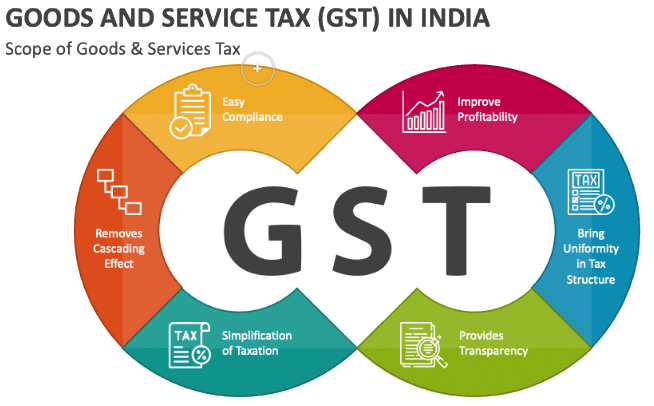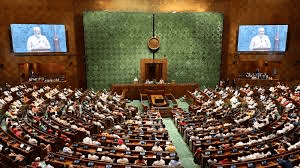|
Card: 1 / 42 |
The Indian Constitution establishes an integrated judicial system that upholds both ___ and ___ laws. |
|
Card: 3 / 42 |
True or False: The Indian Constitution features a strict separation of powers among the legislative, executive, and judicial branches. |
|
Card: 5 / 42 |
True or False: The Indian Constitution allows for parliamentary legislation in state matters under five exceptional circumstances. |
|
Card: 8 / 42 |
Parliament has exclusive authority for 'extraterritorial legislation', meaning laws apply to Indian citizens and their possessions anywhere in the world. |
|
Card: 9 / 42 |
True or False: The Constitution provides no limitations on the territorial jurisdiction of Parliament. |
|
Card: 10 / 42 |
False. The Constitution imposes certain limitations on the comprehensive territorial jurisdiction of Parliament. |
|
Card: 11 / 42 |
What is one key aspect of the legislative distribution between the Centre and states? |
|
Card: 13 / 42 |
The President can enact regulations for Union Territories that carry the same legal weight as an act of Parliament. True or False? |
|
Card: 14 / 42 |
True. The President has the authority to establish regulations for Union Territories, and these regulations hold the same legal status as parliamentary acts. |
|
Card: 15 / 42 |
What is the role of the Governor concerning parliamentary acts in scheduled areas? |
|
Card: 16 / 42 |
The Governor can instruct that a parliamentary act does not apply to a scheduled area or can apply it with specific modifications and exceptions. 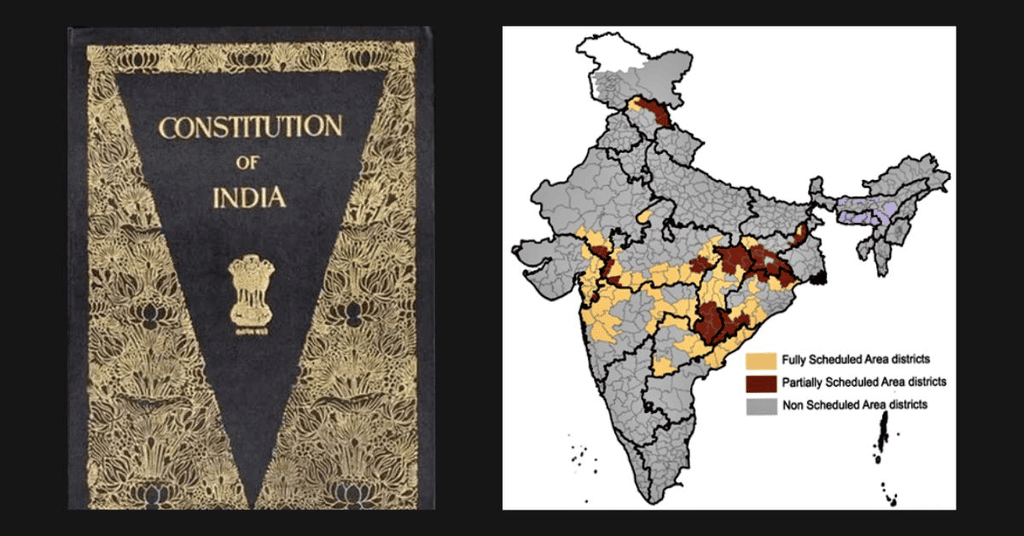 |
|
Card: 17 / 42 |
The distribution of legislative subjects among the Centre and states is outlined in ___, ___, and ___. |
|
Card: 21 / 42 |
The 101st Amendment Act of 2016 introduced special provisions for ___, allowing both Parliament and state legislatures to legislate. |
|
Card: 23 / 42 |
Both the Parliament and state legislatures can legislate on subjects in the ___ List. |
|
Card: 25 / 42 |
In the event of conflict between the Union List and the State List, which takes precedence? |
|
Card: 27 / 42 |
Fill in the blank: The power to legislate on residual subjects rests with ___, including the authority to levy residual taxes. |
|
Card: 29 / 42 |
In India, the residuary powers were vested in the ___, following the Canadian precedent. |
|
Card: 31 / 42 |
True or False: During a national emergency, state legislatures lose their authority to legislate on State List matters. |
|
Card: 32 / 42 |
False. State legislatures retain their authority to legislate on the same matters, but parliamentary laws take precedence in case of conflict. 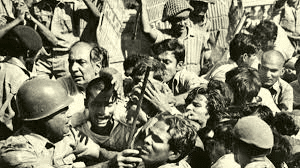 |
|
Card: 33 / 42 |
What are the five exceptional circumstances under which Parliament can legislate on matters in the State List? |
|
Card: 34 / 42 |
1. Resolution by Rajya Sabha; 2. National Emergency; 3. States' Request; 4. Implementing International Agreements; 5. President's Rule. |
|
Card: 35 / 42 |
Fill in the blank: The Constitution emphasizes the dominance of ___ laws over state laws on concurrent subjects. |
|
Card: 37 / 42 |
True or False: If the legislatures of two or more states pass resolutions requesting Parliament to legislate on a State List matter, the law applies to all states. |
|
Card: 38 / 42 |
False. The law applies only to the states that requested it, but any other state can adopt it later by passing a resolution. |
|
Card: 39 / 42 |
What happens to laws enacted by Parliament under President's Rule after the rule concludes? |
|
Card: 40 / 42 |
Laws enacted during the President's rule remain in force even after its conclusion, but state legislatures can repeal, alter, or re-enact such laws. 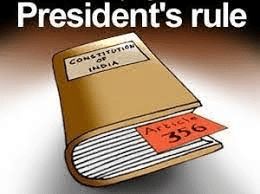 |
|
Card: 41 / 42 |
Fill in the blank: The laws enacted by Parliament during a national emergency become ineffective ___ after the emergency concludes. |




